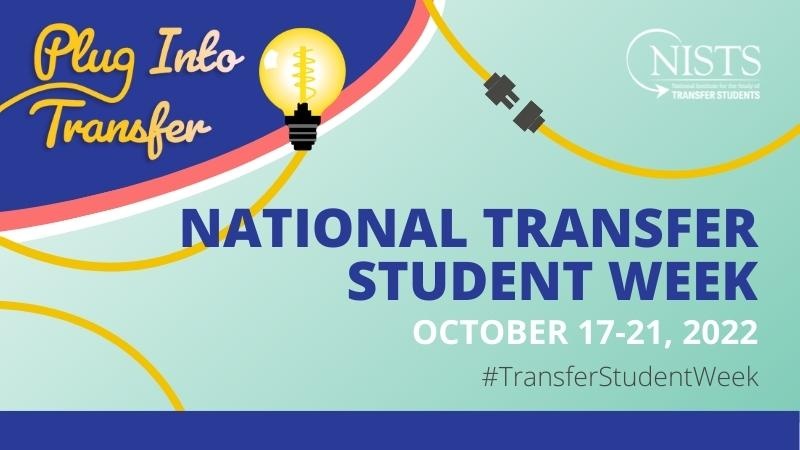
National Transfer Student Week, celebrated this year Oct. 17-21, is organized by the National Institute for the Study of Transfer Students. Kate Grove, MCAN's resource and engagement VISTA, offered to reflect on her transfer experience and discuss how transfer students factor into the current enrollment crisis.
It hardly needs to be said that the pandemic resulted in a dramatic decline in college enrollment in the last two years. The most recent data suggest that this problem is far from over, with Michigan’s spring enrollment 2022 continuing to decline by 5.8% since the year before. Often, when we talk about the enrollment decline, we’re thinking in terms of high school seniors deciding not to enroll or adult learners feeling dissuaded from starting or returning. It’s important, however, to also consider transfer students and how their experiences were impacted by the pandemic.
Recent figures from the National Student Clearinghouse suggest that the number of transfer students enrolling in college has dropped nationally by 13.8% in the last two years. This percentage represents nearly 300,000 students who were unable to complete upward transfer enrollment (moving from a 2-year institution to a 4-year institution), reverse transfer enrollment (moving from a 4-year institution to a 2-year institution), or lateral transfer enrollment (switching between the same level of institution). Four-year institutions in particular should be concerned about this trend, as low enrollment rates at community colleges shrink the pool of students available for upward transfer enrollment.
While I did not have a global pandemic to contend with, gathering this data for National Transfer Student Week prompted me to reflect on my own experience with upward transfer enrollment and to consider the institutional resources that played a role in my successful transfer.
After graduating from high school in 2017, I attended Mid Michigan College my freshman year. Starting at a community college better prepared me socially and emotionally for life at a university. It helped me get over the initial anxieties I had about college, and it helped me gain independence as I prepared for transferring to Central Michigan University. My transfer experience wasn’t perfect, and I should have spent more time connecting with the advisers at Mid as I prepared to transfer. I ended up having to take more prerequisites at CMU than I expected because of an error I made when selecting classes. I chose a class whose credits would transfer to CMU, but it did not meet the requirements of the Michigan Transfer Agreement. This mistake wasn’t the end of the world, but it’s something I'm sure an academic adviser would have caught. Thanks to my financial aid, I was able to afford the additional courses at CMU, but this situation could have been a major barrier for a transfer student in a different financial situation.
As I prepared to make my transfer, I got in touch with a wonderful adviser at CMU who helped me map out my first two semesters for my selected major, public relations. After discussing my interests with her in one of our meetings, she suggested that I consider a second major in gender studies and helped me find a student organization that matched my passions. Once I had one semester under my belt, I ended up signing that second major and absolutely loved it. As for the student group she helped me find, that’s where I met some of my closest friends to this day. My time at Mid helped me find my footing as a college student, and the resources provided by my transfer adviser absolutely determined my trajectory as a student at CMU.
My transfer was a success story, but I can see the points in my story where other students might have struggled. For transfer students, the resources and support they receive when transferring to a new institution can make or break their success. Of the students who transferred institutions in the fall of 2021, approximately one out of five students (19.3%) stopped out before the spring term. In comparison to the national and statewide college enrollment decline, the data related to transfer students doesn’t seem that alarming. However, as we begin to assess how the pandemic affected college completion rates, the impact of declining transfer student enrollment rates on overall completion rates will be felt sooner rather than later. National Transfer Student Week is an excellent time for higher education institutions to focus on this critical student population, as they will play a key role in closing Michigan’s attainment gap.
For resources and guides for supporting transfer students, check out the National Institute for the Study of Transfer Students.
Kate Grove, MCAN's resource and engagement VISTA, discusses how transfer students factor into recent enrollment declines and reflects on the supports that helped her successfully transfer from a community college to a 4-year institution.
READ THE ARTICLE